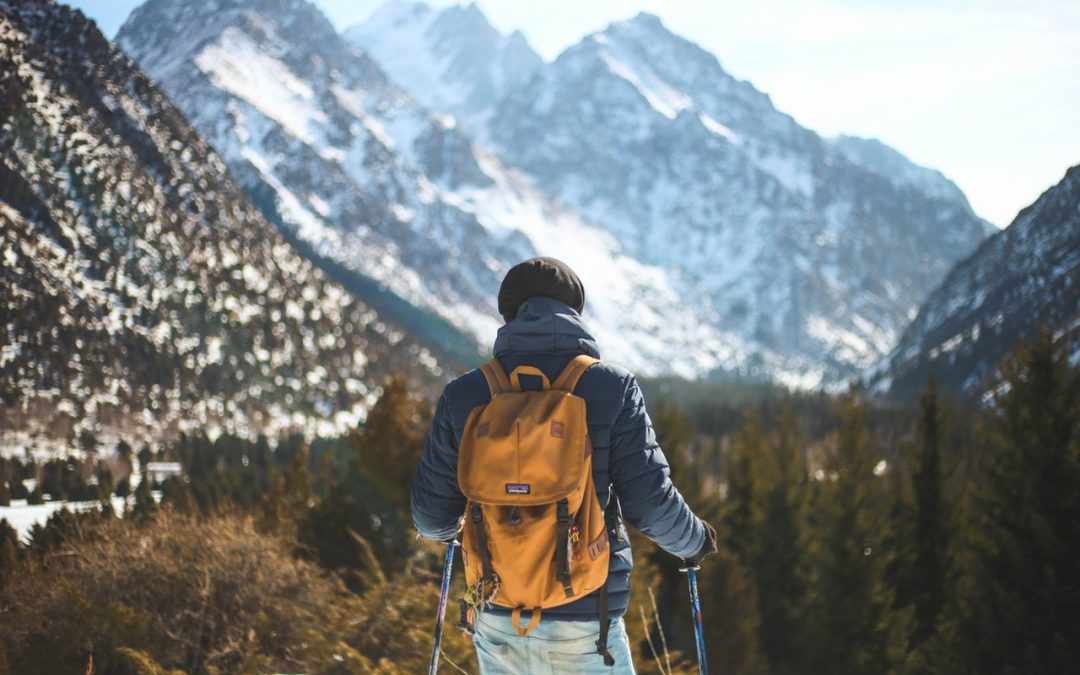Setting out on a day hike is a great way to explore your surrounding nature with friends and family or even a solo trip. Deciding where to begin your hike can differ from deep into the mountains to close to your home, there are many options. If you are looking to find a hike in your area visit Hiking Project to see where.
In order to know what to pack for a day hike, you must first determine what kind of hike you want. This could range from how remote the location is and what the weather forecast has in store. Usually, the longer and more remote the hike is the more inclement weather, the more clothing, gear, food, and water you’ll want. If this is your first time hiking, make sure you read into beginners hiking articles before you head out.
What to Bring Day Hiking
- Daypack
- Weather-appropriate clothing
- Hiking boots or shoes
- Plenty of food
- Plenty of water
- Essential items below
Hiking Gear
A backpack is a key component piece of gear for day hiking. Your backpack should be able to hold 11-20 liters for short, simple hikes. A bigger backpack is good for treks where more food, water, clothing, and gear is required.
Clothing & Footwear
Make sure to check the forecast before you set out on your hike. It is important to dress for the conditions. Prepare yourself for changing weather or an unplanned night out and pack extra clothes beyond those required for the trip. It’s also important to consider how much protection your clothing provides against the sun’s ultraviolet rays. For footwear, be sure to determine the terrain. Trails that are more gentle and smooth, hiking shoes or trail runners are sufficient. For rocky trails, boots will provide more support.
Food & Water
Pack snacks that can easily be eaten on the trail such as, energy bars, jerky, and nuts. Some people even like to bring a sandwich for lunch, too. For water, bring about two liters per person for the day, but adjust the amount depending on the length and intensity of the hike, weather conditions, your age, sweat rate, and body type.
Navigation
Navigation is an essential component. The type of trip you’re taking and your professional preferences will determine exactly which items you’ll bring such as, a map or compass. Some optional options of navigation include altimeter watch, GPS, satellite messenger.
Emergency & First Aid
Emergency and first aid components such as a first-aid kit or first-aid supplies, lighter/ matches and firestarter, emergency shelter, and whistle.
Health & Hygiene
These items can range from hand sanitizer to prescription medications, like an inhaler. Also, sun protection like sunscreen, sunglasses, sun hat, and SPF-rated lip balm. Some optional options include insect repellent, toilet paper, urinary products, sanitation trowel, baby wipes, alcohol wipes, and blister treatments.

